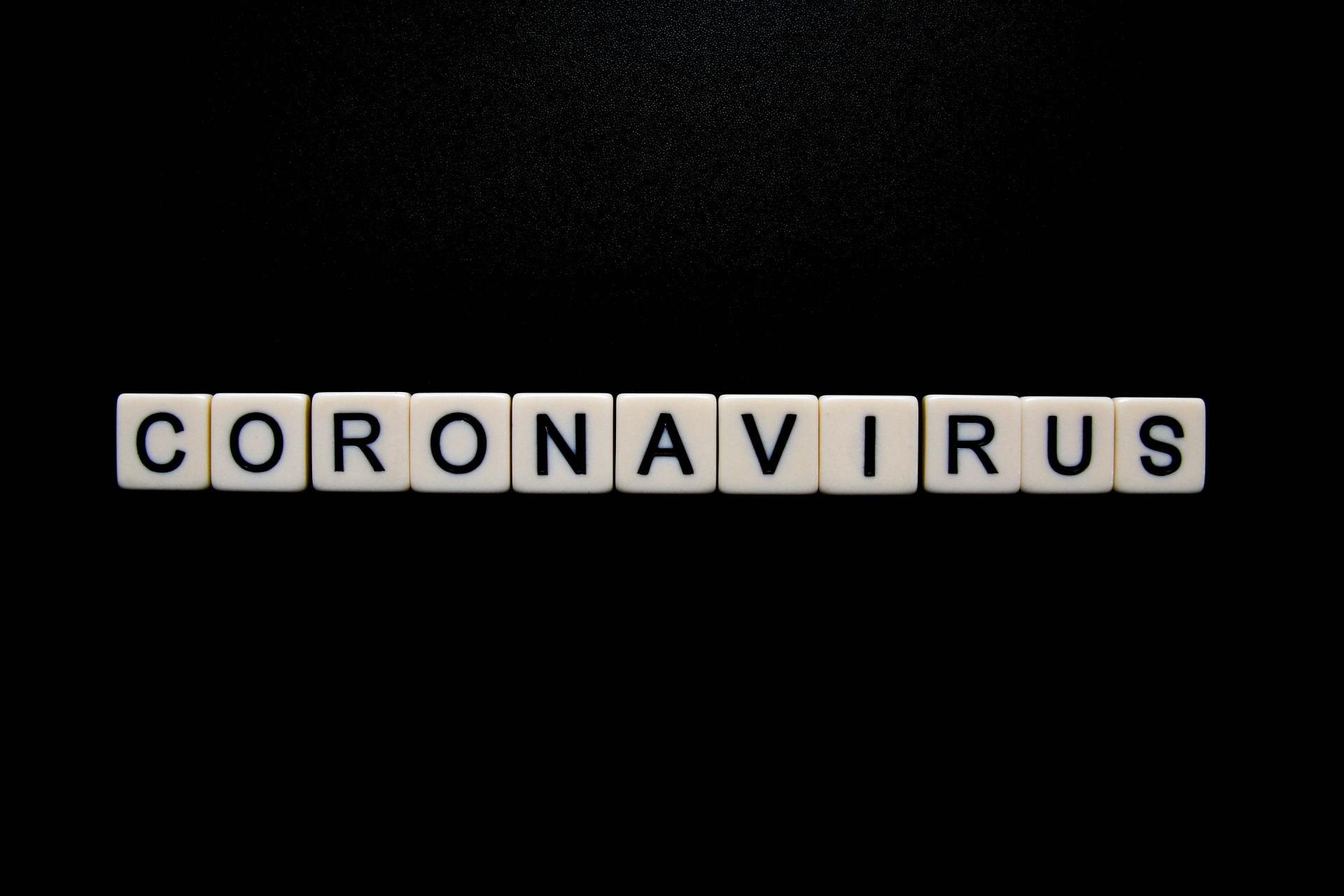Everything You Need to Know About Crummey Trusts
A Crummey Trust is a useful mechanism to give gifts to children during life.
While the name may not be attractive, in a lot of situations, the trust itself is just the opposite as the Crummey trust* provides a means to move substantial amounts of wealth out of an estate, thereby reducing the size of the estate subject to estate tax while also putting restrictions in place on how it can be accessed or used by the beneficiaries. However, without specific protections and special rights in place for beneficiaries, any gift to a trust will not be considered a gift of a present interest thus defeating the tax benefits of making a gift to the beneficiary of an irrevocable trust.
How it works
A Crummey trust is created with the same basic ingredients as any other form of trust. It has three main players:
1) a grantor (who creates the trust and puts property in),
2) a trustee (who manages the property put into the trust by the grantor for the beneficiaries) and
3) the beneficiary (ies) for whom the property is managed.
Why it is a useful estate planning tool
Many times in estate planning situations arise in which an individual wishes to place property in trust but does not necessarily want the beneficiary to have the ability to completely withdraw the property or accumulated income of the trust right away. At the same time, the grantor is looking for a vehicle in which to make a gift free of any gift tax (currently gifts up to $13,000 per year, per individual are permitted without the obligation to pay any gift tax under §2503(b) of the Tax Code).
The most common situation in which the desire to structure a trust in this manner arises is when a grantor parent wishes to make gifts to minor children (or non-minor children under a certain age) but does not want the child to have the ability to access the funds immediately, whether out of fear that they will be spent on something foolish or otherwise. In order to prevent the money from being wasted by the child restrictions are drafted into the trust agreement which prevent him from accessing all of the funds until such date as the parent believes he will be responsible with the money.
However, in order to qualify for the exclusions from gift tax the gift must also be one of a present interest, meaning that the person who is receiving the gift has the immediate ability to enjoy the gift. Therefore, in order for a Crummey trust to serve the dual purposes of making tax free gifts to beneficiaries and restricting how those transferred assets are accessed, certain precautions must be taken.
Requirements
1) The trust must be irrevocable .
The first requirement in order to ensure that the grantor’s contributions to the trust are considered gifts, thereby removing the wealth from his estate, is that the Crummey trust must be irrevocable. As I discussed in an earlier post, irrevocable trusts provide some great tax advantages in that they are viewed for tax purposes as a separate entity over which a grantor has no control or ability to modify or revoke. Therefore, any contribution a grantor makes to an irrevocable trust will no longer be considered owned by him, and he will not be subject to estate tax on it upon his death.
2) The beneficiary must have the right to receive something of value immediately at the time a gift is made to the trust.
As discussed above, a gift must be one of a present interest in order to qualify for gift tax exemption. According to the IRS, simply giving the beneficiary the right to receive the gift at some point in the future, even if it is only in a year or two, is not sufficient to qualify a gift for gift tax exemption. Naturally, then, a beneficiary must have some sort of present ability to receive the gift. According to the IRS, the present right to receive something of value must not be subject to a contingency or the will of some other person, the right to receive the property must exist at the time of the gift, the beneficiary’s present interest must be clear and unambiguous and it must be possible for the beneficiary to actually receive the property . That means that a Crummey trust must permit a beneficiary to withdraw annual contributions that are made to the trust when they are made. If the beneficiary does not withdraw the contribution, then it will become part of the trust principal and will be protected against future withdrawals unless made consistent with the trust agreement.
3) The beneficiary must have notice that he or she has a right to demand to receive property.
It may seem like a good idea to simply not inform a beneficiary of the fact that a contribution has been made to the trust for which he has a withdrawal right, however, the IRS has made clear that a demand right can’t exist unless the beneficiary has knowledge that he may exercise such a right. It is ambiguous as to whether the existence of a demand right must be given upon each addition to a trust or only upon creation of the trust, however, in order to ensure that the IRS doesn’t such gifts to the trust back into the grantor’s estate, a cautious planner would consider giving notice each time a contribution is made to the trust.
4) The beneficiary must be given a reasonable time to exercise the demand right.
Perhaps a natural corollary to giving notice of a demand right is giving the beneficiary a reasonable amount of time to exercise a demand. Again, there is no steadfast requirement for how long “reasonable” may be, however, the IRS has indicated that as little as 30 days has been sufficient numerous times.
While a Crummey trust offers benefits as an estate planning tool some goals are best accomplished through other means. An estate planning attorney can discuss the Crummey trust option in much more depth along with other possible tools to accomplish your estate planning goals. There is no one-size-fits-all solution to estate planning and the advice of an attorney is imperative to ensuring that your wishes are followed. For more information on Crummey trusts and other estate planning tools feel free to explore my other posts or contact an attorney admitted in your state that is competent to give legal advice specific to your situation.
*Curious about the name? The term “Crummey trust” comes from the court case which validated the use of the technique that limits a beneficiary’s withdrawal right while permitting the grantor to make a tax free gift. Crummey v. Commissioner (1968) 397 F.2d 82.
Michael F. Brennan runs a virtual law office helping clients in Illinois, Wisconsin, and Minnesota with estate planning and business law issues. He can be reached at michael.brennan@mfblegal.com with questions or comments, or check out his website at www.thevirtualattorney.com.
The information contained herein is intended for informational purposes only and is not legal advice, nor is it intended to create an attorney-client relationship. For specific legal advice regarding a specific legal issue please contact me or another attorney for assistance.









